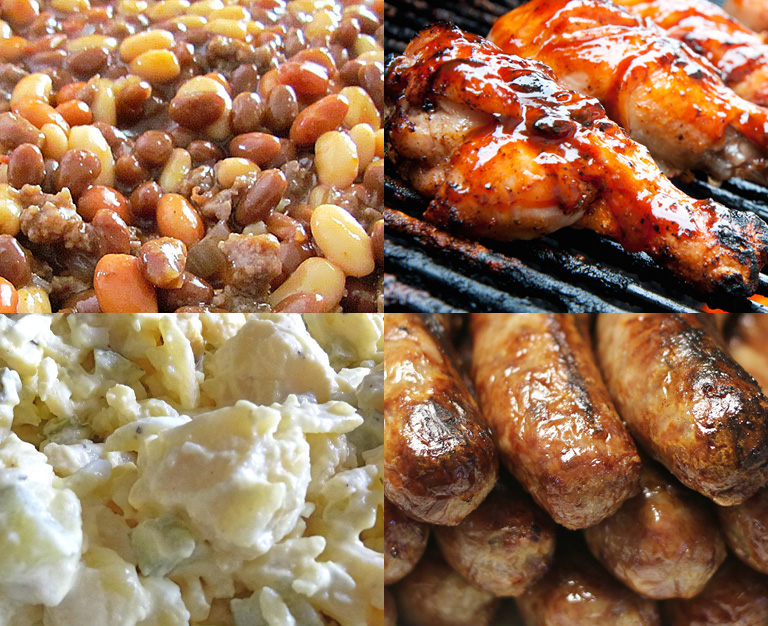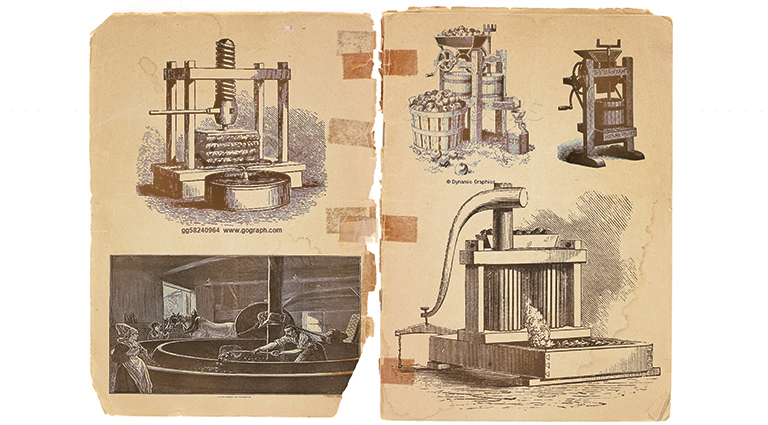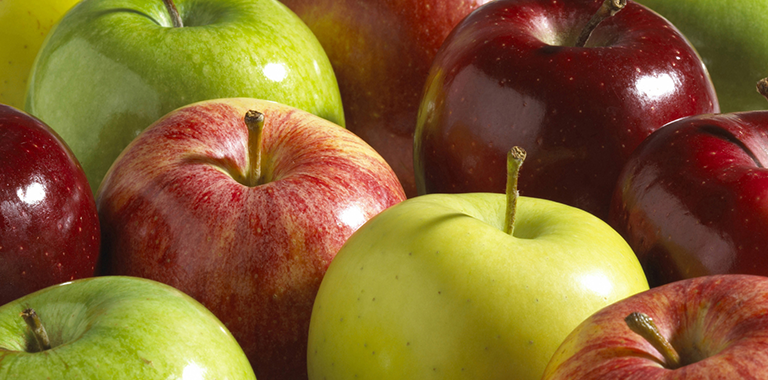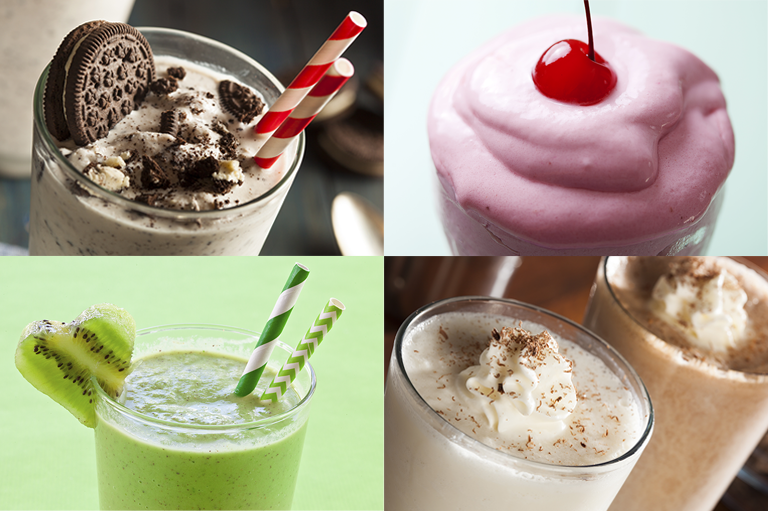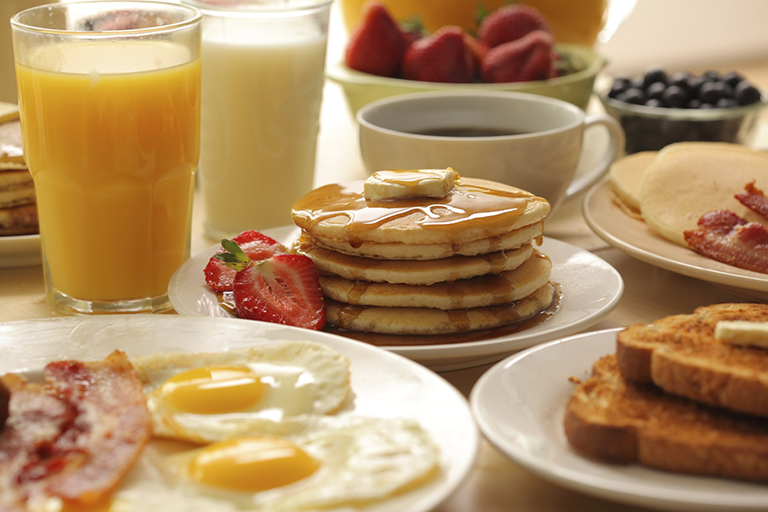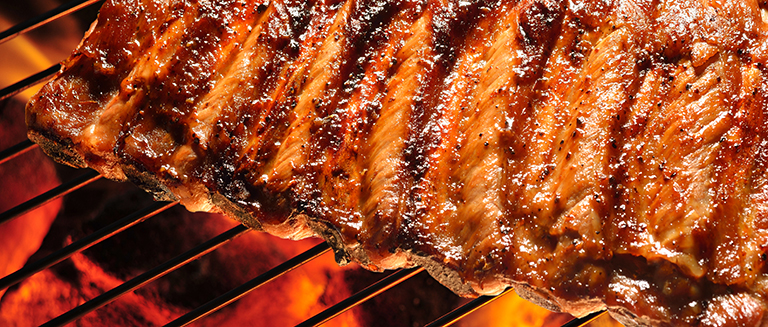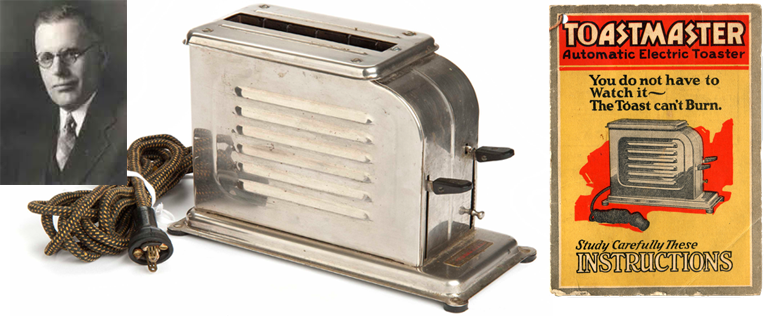That Backyard “PIA” Job – Grilling the Perfect Burger
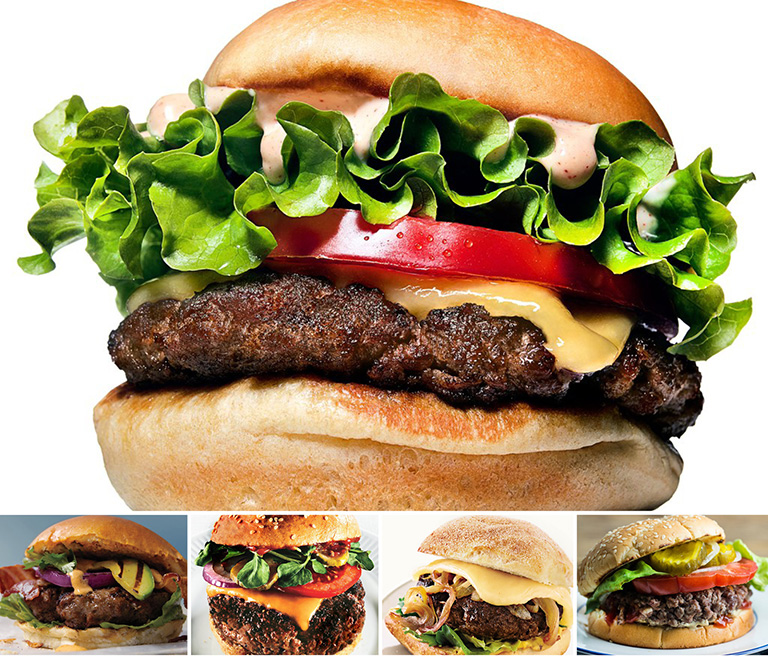
If you’re like me, there’s nothing like standing over the grill and working your magic – especially when trying to cook the “perfect” burger. While I think I have a pretty good approach, based of course on my years of expertise in “heat transfer and cooling”, I thought I’d check with the food experts and pass along some really useful tips. Listed below is a little science and a little art, courtesy of Epicurean and Fine Cooking, to help you become a certified burger grill master. Give ‘em a try. Remember, it’s not summer without great burgers!
How do I Choose the Right Ground Beef for the Best-Tasting Burgers? – The most important factor influencing the flavor and texture of ground beef is what part of the animal the meat comes from. Meat is muscle, and as it’s exercised, its fibers expand, making the muscle larger, redder, and more flavorful. Since grinding negates toughness, the best ground beef comes from the more exercised and flavorful part of the steer. The cuts most commonly ground into hamburger are chuck, bottom round, and sirloin. Chuck is the most flavorful because it’s from the well-exercised shoulder of the animal. Ground sirloin is less flavorful than chuck, but its meat has the smoothest mouth-feel because it is the least exercised. Bottom round falls in the middle; it’s more flavorful than sirloin and smoother in texture than chuck.
We recommend chuck for burgers, not only because it has the deepest flavor, but also because it’s a less desirable cut to sell for roasts or steaks, so it usually costs less than either ground round or sirloin. As for fat content, we think a ratio of 15 to 20 percent fat to 80 to 85 percent lean offers the best combination of flavor and mouth-feel.
How Can I Make and Cook a Juicy Burger? – There are three keys to a juicy burger. Meat is composed of protein and fat. The protein parts are full of moisture (lean beef is about 60 percent water). Grinding meat pulverizes the muscle fibers, which allows the moisture inside to run out. When the absorptive pad in the bottom of a package of commercially ground beef is soaked, it’s because it’s saturated with juice that had been in the meat. If you want a juicy hamburger, it helps to restore some of that lost moisture. The easiest way is to add water or some other liquid to the burger mixture. We’ve found that 2 to 3 tablespoons of ice-cold water mixed into a pound of ground beef greatly increases the juiciness of grilled burgers. Another trick is to all a little Worchester sauce to your mixture.
How you handle your burgers on the grill is the second key. As burgers cook, the protein in the meat contracts, forcing out moisture. To maintain juiciness, handle burgers as little as possible during grilling. Every turn or prod forces out more juice, which is why you should never “press” a cooking burger with the back of a spatula in an attempt to speed up the grilling time. It doesn’t make heat transfer into the meat any faster, but it does increase moisture loss by wringing the meat fibers as if they were a saturated sponge.
Finally, fat content also contributes to the perception of moisture in burgers, not because the burger has more juice, but because we do; the presence of fat in the mouth triggers saliva flow. That’s why ground beef with a fat content of less than 10 percent is unpalatably dry when cooked, beef with 10 to 15 percent fat content tastes lean and juicy, meat with a 15 to 20 percent fat content tastes rich and beefy, and burgers with more than 20 percent fat have very full flavor but a fatty mouth-feel.
Is There a Trick To Forming The Perfect Patty? – To craft burgers that hold up on the grill and stay nice and tender, you’ll want to keep your ground beef chilled until right before you form your burgers (and keep them chilled until you’re ready to grill them). Chilled beef patties hold up better on the grill and will form a nice crust while still staying juicy inside. One more tip: Be gentle when forming your patties and avoid overworking the meat, which will end up making a tough burger. Shape your patty a bit larger than your buns, so when done cooking they have a nice fit and eye appeal.
How Do I Keep Them From Looking Like Little Baseballs When Done? – Your burgers might start out like perfectly shaped patties, but as they cook, they tend to shrink up and turn a bit round instead. Luckily, there’s an easy fix. Before cooking the burgers, make a small indentation in the center of each patty with your thumb, for the simple reason of the patty rising more in the center than on the side as it cooks. The dimple doesn’t have to look like a sinkhole—a cute little shallow indent in the middle of the patty is more than enough to keep the burger from ballooning.
When Should I Season My Burger? – Every burger needs a shower of salt. But if you let it rain down on your patties an hour or two before you’re ready to grill, the salt will start unraveling the proteins in the meat and drawing out its moisture, which makes those Instagram-friendly sear marks hard to achieve. The trick is waiting for the last minute to season with salt (and pepper, if you like). Right before you throw the patties onto the grill, give them a quick sprinkling of both on both sides (coarse sea salt if you have it) to get a fantastic crust on the outside – the crust isn’t as good if you cook first and then salt afterwards.
How Hot Should the Grill Be? – Raging hot, but not for the entire cooking time. The intense heat of a grill creates a deeply browned crust, one of the hallmarks of a great burger. Surface browning begins to occur around 250°F, when the meat’s sugar and protein react with each other, forming an unstable structure, which then breaks down into hundreds of flavorful compounds that make the meat taste more savory, caramelized, and delicious. (KHT Trivia – these browning reactions are known as Maillard reactions, named after Louis-Camille Maillard, the French chemist who discovered them.) The higher the heat, the more intense the browning reactions, and the more complex the flavor.
But if left over the high heat for too long, a burger’s crust can go from browned to burnt. To prevent this, set up your grill with both high-heat and low-heat zones. Start by grilling burgers over the high-heat zone to create deep surface browning, and then move them to the low-heat zone to finish cooking, a strategy known as indirect grilling. Also, be sure to preheat the grill for at least 15 minutes, brush the grate clean, and lubricate it with an oil-soaked paper towel just before adding the burgers. (a grill grate caked with carbonized residue doesn’t make grilled food taste better—it only slows down the heat transfer, inhibiting deep grill marks and surface browning on your burgers.)
How Do I Know When a Burger Is Done? – There are lots of visual cues, but a thermometer is the most reliable gauge of doneness. As meat heats, its protein becomes drier, less translucent, browner, and firmer. The meat also shrinks, partially from moisture loss but also because fat melts and drips away, and the protein fibers become smaller as they firm up. The hotter and more cooked the meat gets, the more these physical changes manifest themselves. A rare burger (120°F to 125°F) will be running with juice, bright red in the center, and fairly soft to the touch. The same burger at well done (160°F or hotter) will be smaller, drier, brown throughout, and very tough. To take a burger’s internal temperature, insert an instant-read thermometer through its side to ensure that the thermometer’s probe has enough contact with the interior to register accurately.
I Want More Than a Perfect Patty. I Want Melted Cheese and A Toasted Bun. But How? – While you certainly don’t want to add a slice of cheese to a burger right when you start grilling, you might not get the right amount of melt if you add the cheese too late. The perfect timing? Add sliced cheese right after you’ve flipped the patties. The rising heat from the grill will melt the cheese, and if you’re using American cheese, it’ll ooze into the patty. About a minute before you’re ready to take those burgers off the grill, throw the buns on the grates, cut-side down, to get a little toastiness. The cheese will achieve the perfect level of ooze as the burgers rest on perfectly toasted buns.
After that, all you need to do is slide a leaf of lettuce underneath the patty (to prevent juices from seeping into the bottom bun), a slice of tomato on top (and maybe a squirt of ketchup and mustard), and you’ve got the most well-designed burger of the summer.
What About Food Safety? – Although you might like your burgers rare, there are safety factors to consider. All of the harmful bacteria on a solid piece of meat are on its surface. During grinding, the surface and interior are mixed together, causing any bacteria to become dispersed throughout the batch. This is why it is not advisable to eat any ground meat product that is not cooked to at least 145°F (harmful bacteria are destroyed at 140°F). The United States Department of Agriculture recommends 160°F to ensure that all areas of the food have reached a temperature of 140°F or higher, but we’ve found that at that temperature all of the moisture is gone as well. We prefer to stop cooking beef burgers when they reach 150°F (medium well). At this temperature, the meat will be slightly pink in the center and still relatively juicy. The meat will continue to cook a bit once removed, so tenting with foils helps complete the grilling cycle and keep them warm just before serving.
What’s The Best Toppings? – this is a topic for great debate (and likely a KHT article later this year). Email me your favorites – Experiment and enjoy!

